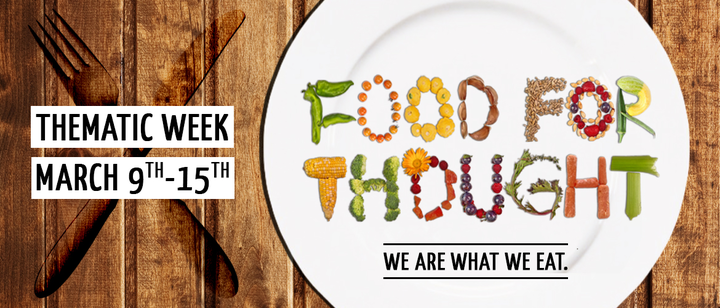I’m crazy about this City.
Daylight slants like a razor cutting the buildings in half. In the top half I see looking faces and it’s not easy to tell which are people, which the work of stonemasons. Below is shadow where any blasé thing takes place: clarinets and lovemaking, fists and the voices of sorrowful women. A city like this one makes me dream tall and feel in on things. Hep…Here comes the new. Look out.
EToni Morrison, Jazz
veryone wants to be in the city, feel the hustle and bustle of men and women speaking with fervor because they’ve got places to go and people to see. You come to be one of those people. You and the millions of others who grow accustomed to love the intensity of so much life, your souls expand to reclaim a little bit of the city for your own, except there isn’t really enough space because the nature of the city is that the city is never that big. Its inhabitants try to build boundaries of class, race and culture, but sprawling hills and endless highways do not separate door from door. People can’t help but crash into each other, both metaphorically and quite literally.
Urban areas are microcosms for some of humanities greatest feats. On the one hand we see them as production houses of culture, art, commerce, innovation and ideas. The city is bright, glamorous, fast paced and always moving forward. It’s the subject of much talk and much discussion, and it provides refuge from the smallness of life on the outside.
But then there are more dismal realities: urban poverty and inequality. It is a reality marred by the iniquity of gentrification, residential segregation, crumbling infrastructure, mental illness, and climate change. Dialectical problems involving race, class, religion, historical injuries and prejudice work to funnel the great human experiment of coexistence and diversity into a more palatable one of exclusion and hierarchy.
The city moves on, at times responding to the suffering of its people — monuments erected in their image, policies instated in their name; at other times oblivious — the chorus of struggle drowned out by the noise of too many voices.
Perhaps one day the city will succumb to the weight of it’s own dialectic and seek to move forward, regressing back.
It’s projected that sixty percent of the global population will inhabit urban areas by 2025. 90% of cities are coastal and sea levels are rising. 95% of urban expansion in the next decades will take place in the developing world where one in four households currently live below the poverty line, and the Gini index of income inequality shows that there is a positive trend between income inequality and population size in cities around the world. Problems arising from urbanity are not growing away and neither are the inhabitants of urban areas.
We call upon city dwellers to rise to the challenge and reclaim their cities, with art, science, passion and community. Jane Jacobs, journalist and activist, noted for her contributions to urban studies once wrote, “Cities have the capability of providing something for everybody, only because, and only when, they are created by everybody.” It is for each and every one of us to decide the conditions of our lives and to define our cities as the best representation of its many pulsating parts.
By loving our cities we love each other, and most importantly we love ourselves.
Without further ado, and with much love, I present to you Graphite on the city
Gigi x




Lucy
Amazing